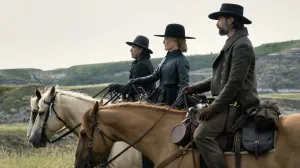Daggerheart is poised to be the next big tabletop role-playing game. It was created by Critical Role’s Matthew Mercer and partnered with the studio’s publishing company, Darrington Press. Daggerheart came out of Dungeons & Dragons, the iconic TTRPG Critical Role is known for streaming, but Daggerheart aims to stand out on its own. Incorporating a new Duality Dice system, a narrative focus on gameplay, and of course, new ancestries and classes. There are many classes to choose from, and narrowing it down to a single one is a tough challenge. That said, some classes appeal to my playstyle more, and these are what I am most excited about in Daggerheart.
Videos by ComicBook.com
Daggerheart offers nine classes in the core rulebook, though more may be added in time. Additionally, this list was created using information from the beta material, and the full release may see significant changes or additional subclasses. Of these, seven in particular stand out to me: these are the seven classes I am most excited to play in Daggerheart.
Druid
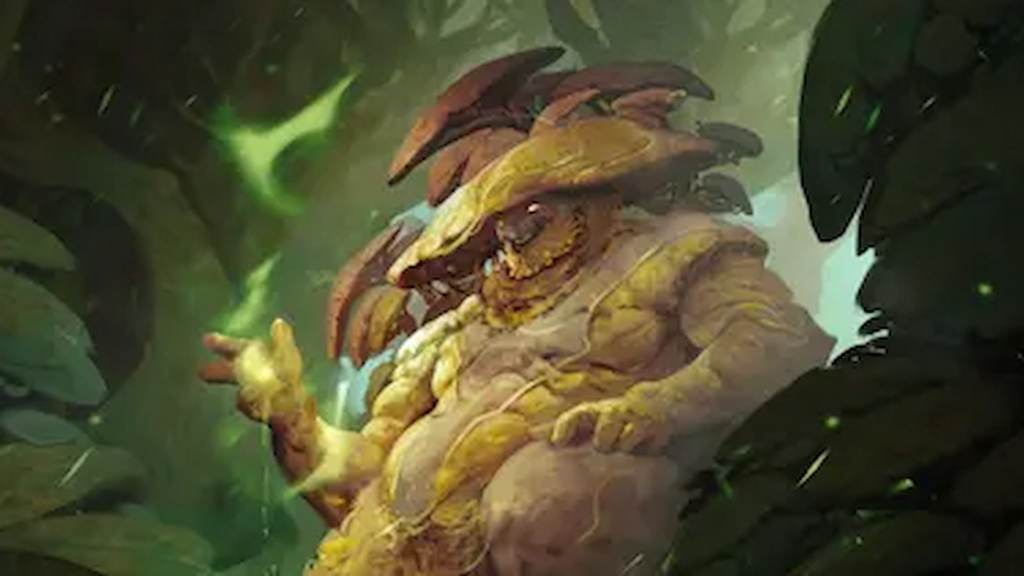
The Druid is an iconic class from Dungeons & Dragons and appears in Daggerheart as well. The two are very similar, so Druid players will be familiar with Daggerheart’s interpretation. The Druid is a master of the elements and beasts, possessing the ability to take Beastform and channel their natural affinity into spells. Druid spells revolve around the elements and use nature to support allies and attack foes. Druids use the Domains Sage & Arcana.
RELATED: Critical Role’s Dungeons & Dragons Competition Daggerheart Reveals Release Date
Daggerheart offers at least two subclasses for the Druid: Warden of the Elements and Warden of Renewal. Both subclasses can utilize Beastform for utility and additional play in combat, but their spells will differ. Warden of the Elements allows players to embody the powerful aspects of nature. This subclass will be more aggressive and is a great choice for spellcasters looking to inflict damage. The Warden of Renewal is geared toward support. It uses the powers of nature to heal and support allies.
Ranger
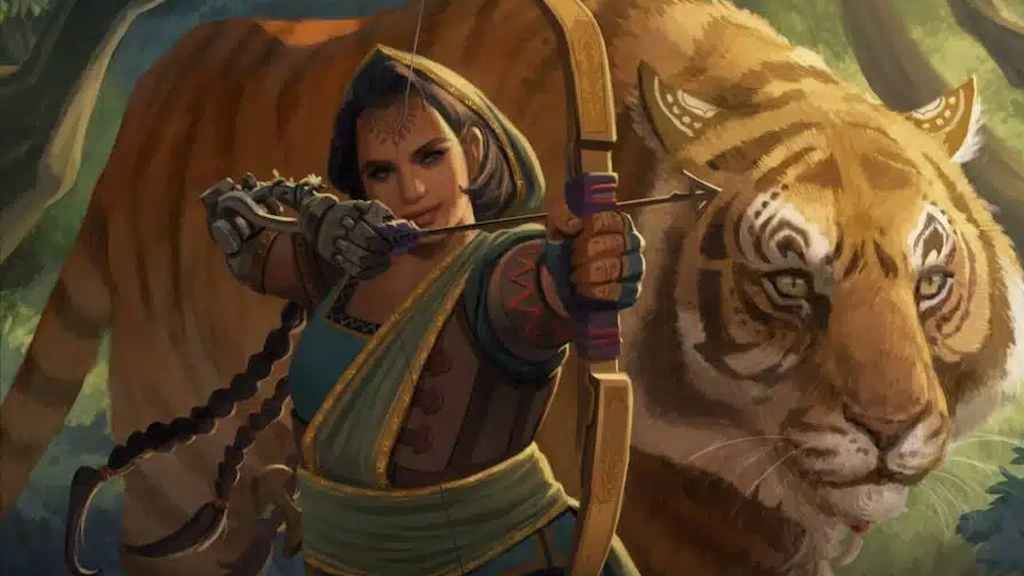
The Ranger is another Dungeons & Dragons class joining the selections in Daggerheart, and I am hopeful Critical Role and Darrington Press treat it better than D&D 5e did. While the Ranger was eventually fixed, it was notably weak for a long time in D&D 5e. The Ranger uses the Bone and Sage Domains and plays as a martial or ranged warrior using hunter abilities. The Ranger’s Focus is the primary ability of this class, giving the character the ability to target and track a foe with precision, even rerolling missed attacks.
Some can even bond with animals to become a deadly hunting duo while others prefer to fight solo, free from the attention a large force attracts. These are represented by two subclasses in Daggerheart: the Wayfinder and the Beastbound. The former focuses on hunting prey with deadly force, gaining bonuses to make powerful attacks. The Beastbound allows players to create a bond with an animal and hunt as a pair. Both fit the Ranger perfectly but allow for different playstyles.
Rogue

Most players assume Rogues are the edge lord pick, often sitting in a dark corner of a tavern with their hood up watching the room (I admit I’ve been this player before). But this isn’t always the case, and the narrative focus of Daggerheart can help break players out of this mold. That doesn’t mean Rogues can’t be played that way, as stealth is one of the cores of this class’s strength. I’ve always enjoyed the scoundrel who can talk his or her way out of situations but can turn tail and run away if diplomacy isn’t an option.
Players can shape their Rogues through two subclasses in Daggerheart. The Syndicate is a more social option, having various connections to gather information or provide a safe haven. This type of Rogue can lean into the roleplaying nature of negotiations, deception, and persuasion. Nightwalkers specialize in stealth and utilize shadows to their advantage. This subclass focuses on stealth in most aspects of play.
Seraph

The Seraph is the class I look forward to playing most in Daggerheart. Somewhere between a Cleric and a Paladin from Dungeons & Dragons, this class focuses on a sacred purpose, more often given to them by a deity. Seraphs often align their ethos with those of their domain, but this can be left open to player interpretation. Prayer Dice is the main class ability of Seraphs, allowing them to roll a set of dice at the beginning of a session. Seraphs can spend these to aid themselves and their allies, whether it be improving a roll, reducing damage, or generating Hope.
RELATED: 10 Ancestries I Can’t Wait to Try in Daggerheart
When creating a Seraph, there are the Winged Sentinel and Divine Wielder subclasses. Both are primarily martial subclasses, but use this aspect in different ways. Winged Sentinels focus on striking from above, delivering powerful blows, and inspiring both fear in their enemies and hope in their allies. Divine Wielders possess a legendary weapon that grants them special feats. This allows players to improve their odds of striking a blow and even extend their melee attacks to hit foes at range.
Sorcerer
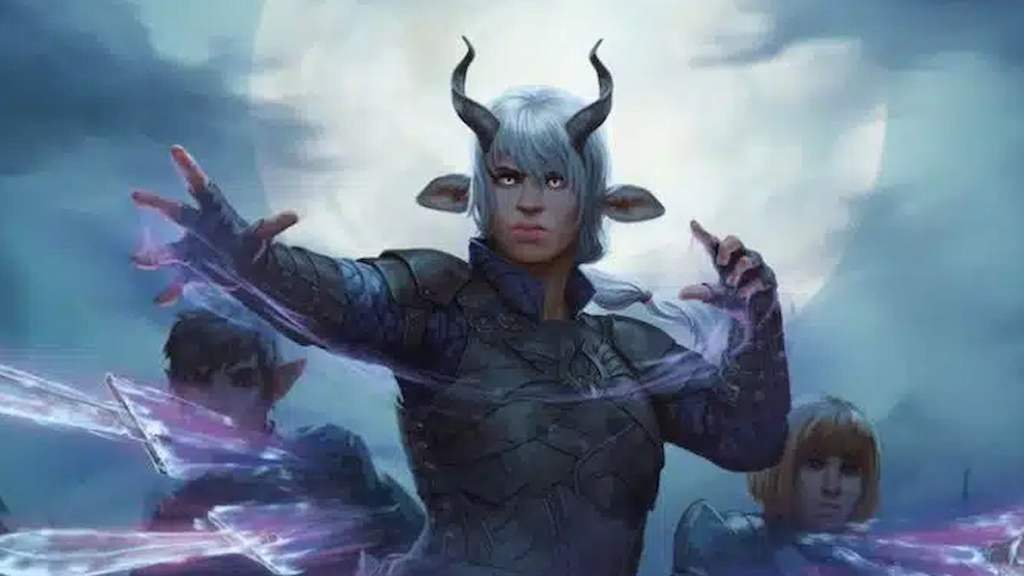
Sorcerers in Daggerheart bear a similar aesthetic to those in Dungeons & Dragons through possessing natural magic. Those with the gift hone their power through training rather than study, becoming more powerful and creative with their spellcasting. As all Sorcerers are born with an arcane presence, they are adept at sensing magic. Likewise, they can learn to control and channel raw magic. These take the form of the Sorcerer’s class features, Arcane Sense, and Channel Raw Power and give Sorcerer’s a versatility and flair I love.
Sorcerers can choose between the Primal Origin or Elemental Origin, with both having different masteries of magic. The Primal Origin focuses on modifying spells to make them more powerful in various ways. Whether this is by extending the reach of a spell, rerolling damage dice, or hitting an additional target is up to the player. Elemental Origin Sorcerers use their creativity to channel an element into a unique effect or increase the results of a die. This chosen element can also protect the user from harm by increasing their evasion.
Warrior
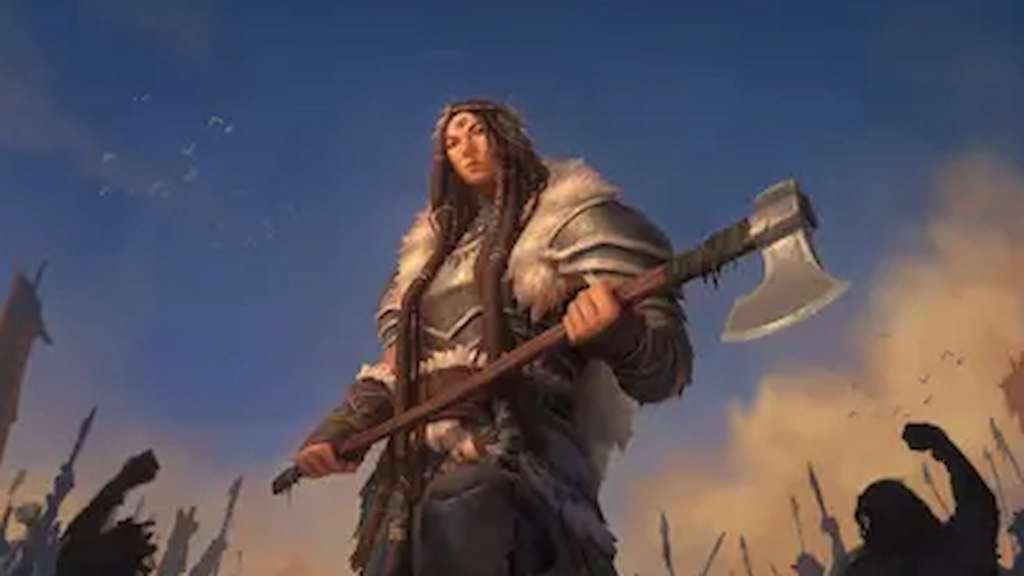
The Warrior is the epitome of violence and weapons, equaling the Fighter class from Dungeons & Dragons. Like D&D, Daggerheart allows players to focus on strength agility, or both. Whether you prefer martial weapons or ranged weapons, the Warrior can be an expert at either. The Warrior’s class features showcase their combat superiority through the Battle Strategist, Attack of Opportunity, and Combat Training abilities. These focus on dealing with damage, stopping opponents from moving, or inflicting stress on a foe. My favorite part of the Warrior class is how flexible the class is with how it can be played and described when roleplaying combat.
The two subclasses of Daggerheart’s Warrior are Call of the Slayer and Call of the Brave. The Call of the Slayer focuses on defeating enemies with overwhelming might. These Warriors use their power to deal massive blows and inflict high amounts of damage. This subclass fits an aggressive playstyle. On the other hand, the Call of the Brave subclass can inspire greatness in their allies through their own actions. While they can still face their foes, this subclass also supports their party and acts as a tank that refuses to surrender, even against overwhelming odds.
Wizard
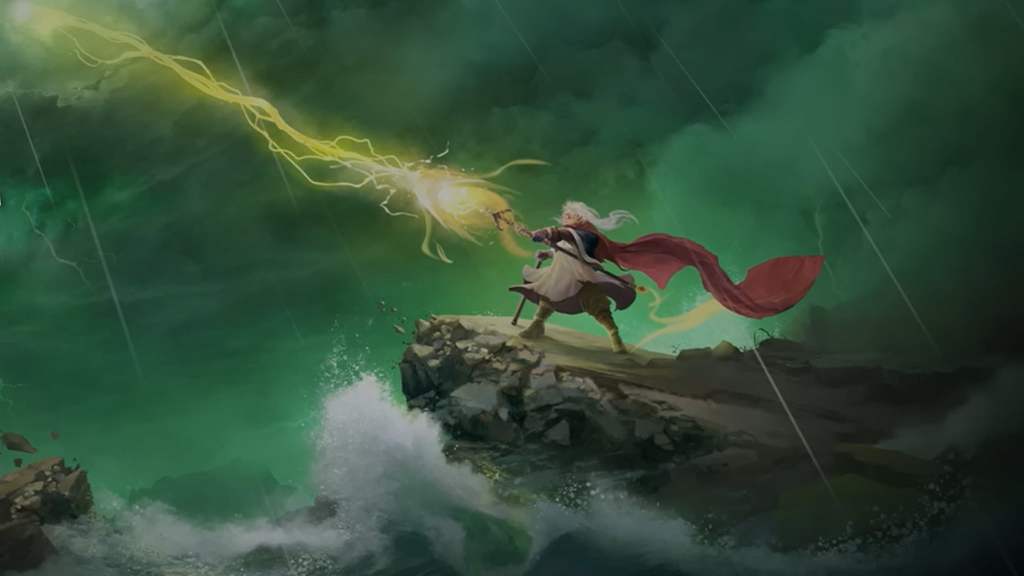
Like the Sorcerer, the Wizard is a master of the arcane arts and shares many similarities with its Dungeons & Dragons counterpart. This class is a student of the arcane arts, honing their practice and skills through study. Wizards use tools for their spellcasting, whether this be a spellbook, magic scroll, or an arcane staff. Most Wizards dedicate themselves to a particular school of magic while others utilize spells from a diverse list. Wizards can cast the Prestidigitation spell, one of my favorites, as a class feature and master a Strange Pattern to gain a benefit on a die roll matching a number of their choosing.
When playing a Wizard, there is the choice of the School of Knowledge and School of War subclasses. The School of Knowledge focuses on experiences, allowing Wizards to gain an advantage on Knowledge rolls and change up their selected experiences. They can even reduce the cost of Domain Cards. The School of War uses magic for violence, casting devastating spells in combat. These Wizards are also more resilient through magical protective barriers. Combined, they are an arcane force of destruction when facing their foes.
Many of the classes in Daggerheart take inspiration from those of Dungeons & Dragons, but with some key differences. Once Daggerheart releases on May 20th, fans will likely see more content and information, for both players and game masters. I cannot wait to see how Daggerheart shapes up and competes with Dungeons & Dragons, and with Critical Role’s reputation, there will likely be a large fanbase.







